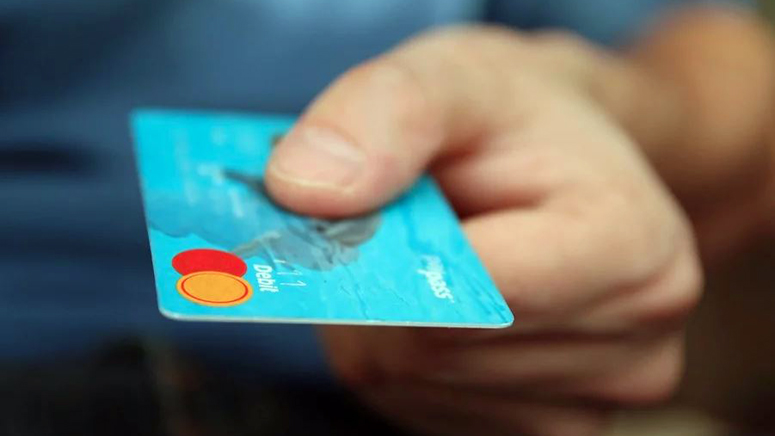(CNN) — America’s love of debt-fueled spending is making a comeback.
During the pandemic, some consumer balance sheets started to improve. Flush with additional cash — from wage increases, stimulus payments, loan forbearance or just fewer opportunities for spending — consumers kept their credit card balances in check.
But old spending habits die hard it seems. Some of the latest consumer credit data show that credit card spending and debt levels are once again on the rise.
Federal Reserve data released Friday showed that consumers’ revolving credit levels in November were a projected $1.02 trillion, the highest since March 2020. And an even more current picture of household debt from Moody’s Analytics showed $717.2 billion in consumer bankcard debt outstanding in December 2021, also the highest level since March 2020.
“People have been paying off their credit cards very quickly during the pandemic, and that’s starting to slow as people have started to wear down their buffer of excess savings,” said Leo Feler, senior economist with the UCLA Anderson Forecast.
The shifts are likely a reflection of consumers moving up their Christmas shopping spending to October to try to head off supply chain constraints, he said. The higher levels of credit card spending and increased debt loads are also indicative of spending patterns returning to normal, he added.
As of December 2021, US household debt totaled $14.89 trillion according to Moody’s Analytics, the highest level since Moody’s began tracking the category in 2005.
The biggest driver of debt was not credit cards, but mortgage debt fueled by the housing boom.
“The recent acceleration [in household debt] is due in significant part to much stronger mortgage debt growth, which goes to the surge in house prices,” Mark Zandi, Moody’s Analytics chief economist, wrote in an email to CNN Busienss. “The acceleration in bankcard and consumer finance is largely due to very strong holiday sales and the increasing transaction demand for cards.”
Though credit card spending has ticked up from its pre-pandemic low, it’s still a long way from its pre-pandemic peak, said Tim Quinlan, a Wells Fargo economist who last week published research showing that consumer spending is expected to remain strong in 2022.
“It’s starting to creep back up,” Quinlan said, referencing the New York Fed’s third quarter report released in November. “But it’s nowhere near what I’d call a worrying level.”
Until recently, wage growth kept pace with inflation, he said. That’s changed during the past couple of months, he added, noting that inflation outpacing wages could be a catalyst for some households drawing down on savings or turning to alternative loan methods like credit cards.
During the coming months, Quinlan said he anticipates that savings rates may continue to fall while credit card balances likely will grow. Those trends very well could taper off around May, he said. That’s when Wells Fargo economists expect inflation levels to come back to Earth.
The-CNN-Wire
™ & © 2022 Cable News Network, Inc., a WarnerMedia Company. All rights reserved.

